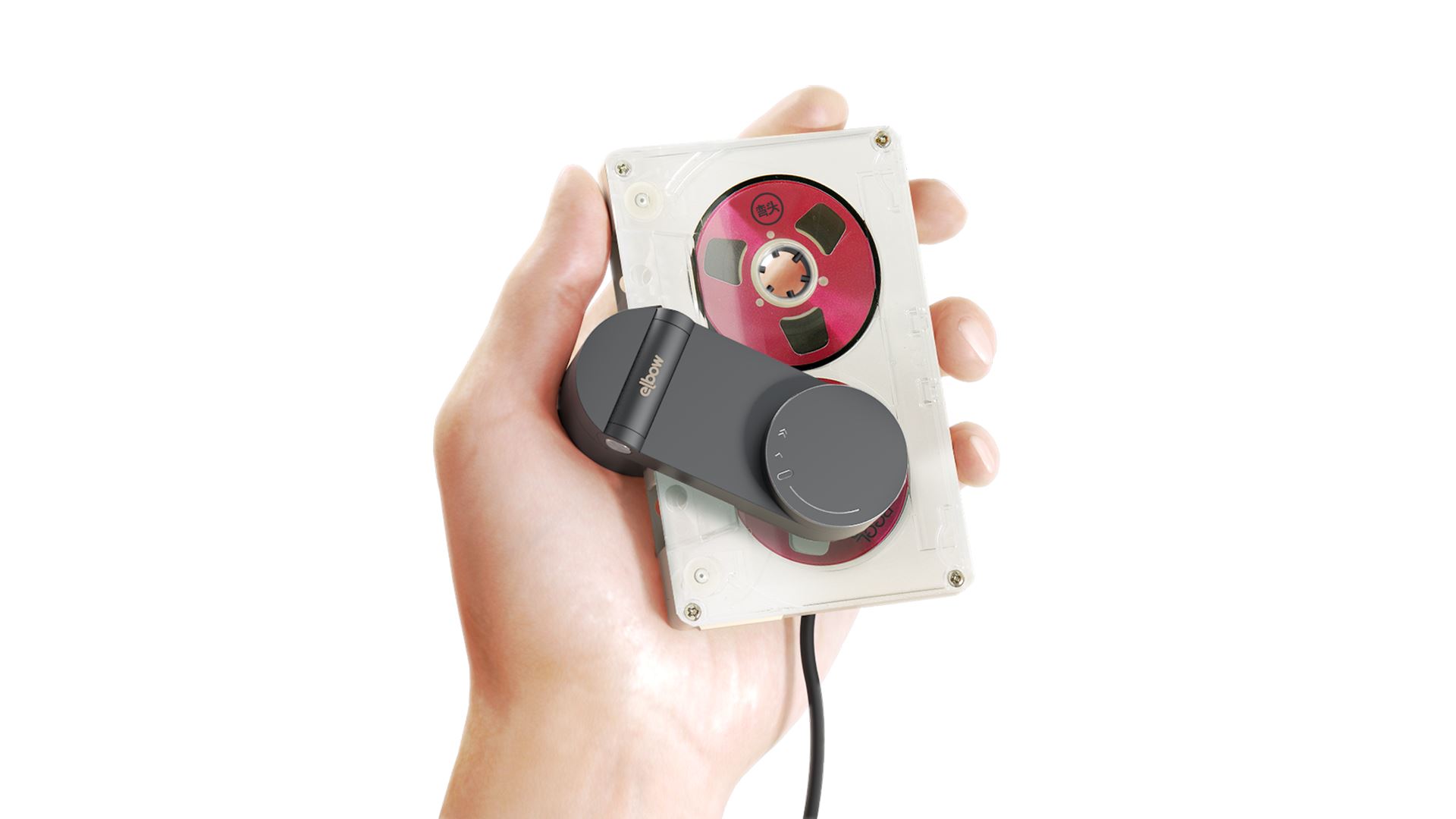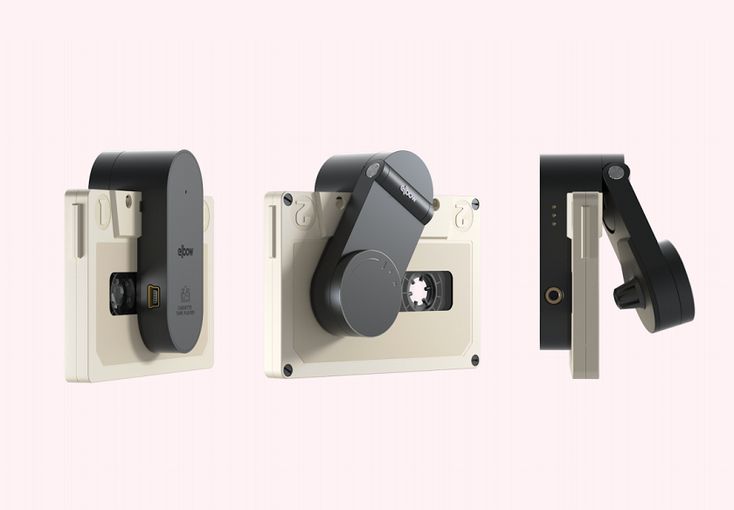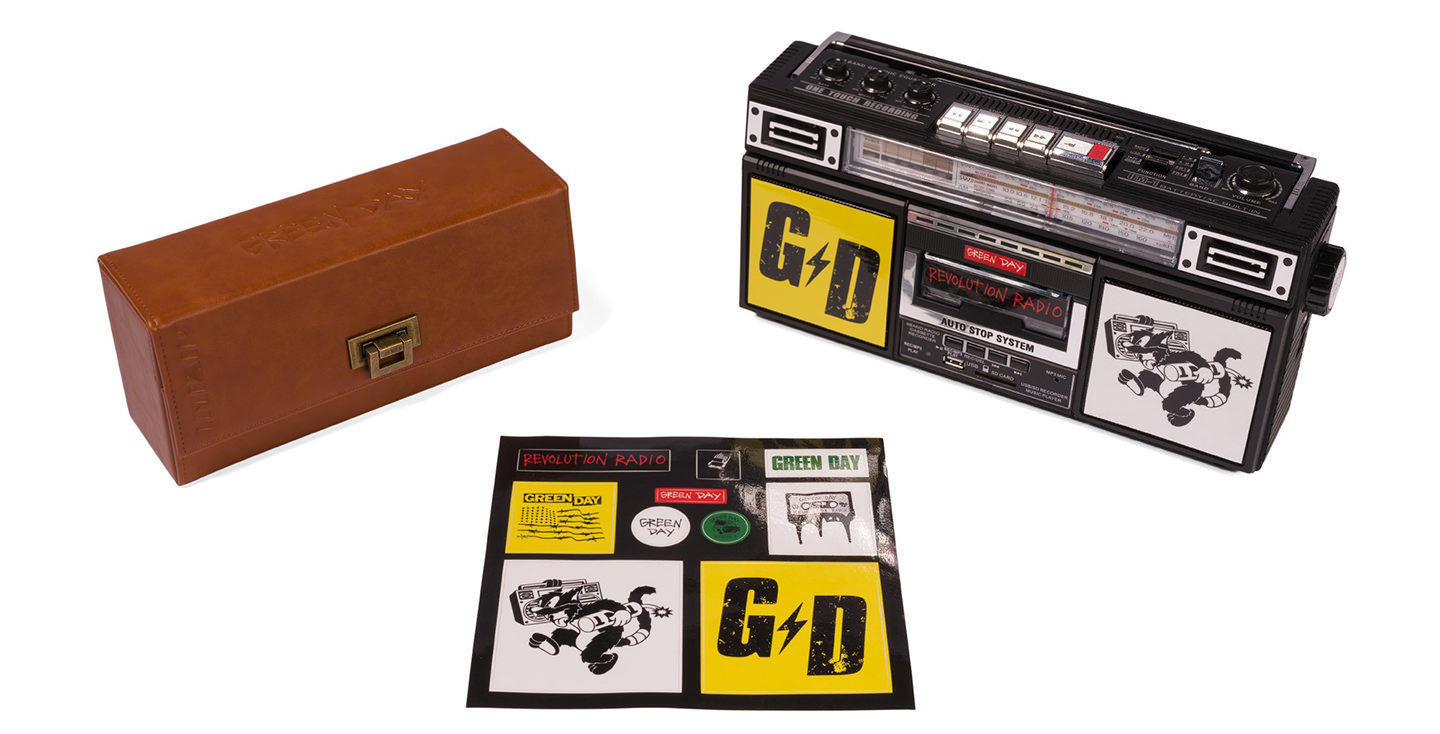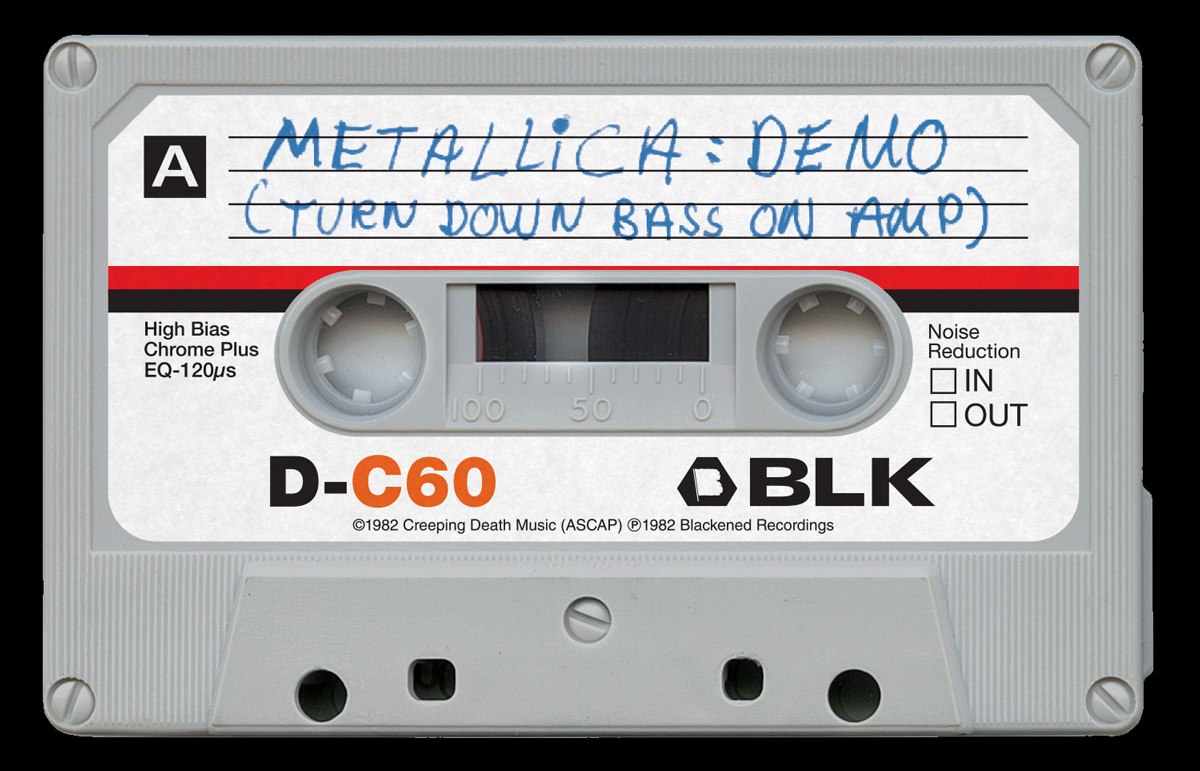Portrait of the phenomenon: nostalgic rush - cassettes and tape recorders
Sometimes it seems to me that time begins to go backwards. Vinylophilia continues the victorious seizure of the audio market, and against this background there is suddenly an interest in another forgotten format. Now also cassettes. It should be noted that since the year 2009, publications periodically appeared that the cassettes were about to shoot, rising from the ashes of history like the vinyl “phoenix”, but somehow they shot more and more “into the milk”. However, in the past 2 years, signs of success have appeared in the resurrected tape recorder techno-archaic.

If in recent years, reports about the coming cassette renaissance were not argued and rare, now, by many signs, predictions are starting to come true. Many performers, including in the Russian Federation, release releases on compact cassettes. Start-up projects begin to design cassette Shaitan tape recorders and seek to reinvent the bicycle. The bridal hawkers from China exploit the nostalgic aesthetics for the production of mp3-players, and also produce the so-called. cassette mp3 adapters. And all this in the last 2-3 years. Under the cut there is a portrait of this paradox and not a big survey about its probable perspectives.
One of the first audio developers who responded to the return of the tapes was the little-known Lithuanians from BraimMonk. Startups are developing a modern audio cassette player.

The principle of operation of the new “bicycle” is no different from the developments of the 80s - 90s, but the form factor is significantly different. The player, named Elbow, was made by Lithuanian developers in the form of a clip, which is put on the tape.

Speed control is carried out by an optical sensor. The device control is implemented in the form of a special ring, with which you can change the volume and rewind the film. With all the interestingness of such historical modeling, the weak point of the Lithuanian device is the battery. The battery capacity does not allow the player to work for more than 2 hours, due to the impressive expenditure of energy on the engine.

Developers strive to eliminate technical shortcomings, increase the working time and actively promote the new product. Lithuanian marketing appeals to the fact that the audiotape is an icon of time. They also declare that the format already has a rather big niche audience, in particular collectors and techno-hipsters (I do not very well understand the essence of this subculture).
Lithuanian “novelty” still exists in the form of test prototypes, but the number of publications about the new device is growing, and interest in its appearance is actively fueled by data from market research of physical media and loud music releases, which will be discussed further.
A creeping increase in the share of compact cassettes in the market of audio media was recorded in 2014. So, this year, the carrier added about 20% to sales in the US domestic market, which was extremely atypical and differed significantly from the statistics of the previous ten years.
In total in 2014, 59,000 compact cassettes were sold in the USA. In 2015, sales increased by one fifth and reached 74,000 units. Last year even more substantial growth was demonstrated, the sales volume in the USA reached 129,000 units. In comparison with vinyl, the quantities are scanty, but the dynamics cannot fail to impress.
Also, by last year, the American trend responded to sales growth in Europe.
At the same time, market analysts do not undertake to predict the development of the situation with the cassettes. Otherwise, as a paradox of consumer interests, this cannot be called, and accordingly, any prognostic conclusions about the trends in this segment cannot be reliable. Suddenly, the cassettes were remembered in the media. There is often a predilection for outdated technology called an indicator of refined taste, as is the case with vinyl.

There is also interest in Russia. Some groups and performers, assessing the likelihood of popularizing the format as promising, ventured to release albums on compact tapes. In July of this year, the 25/17 group announced the release of the album on tape.

Regarding 25/17, it should also be noted that the tapes are used not so much as fashion merch, but rather as part of the concept of the album “To die from happiness”. Accordingly, the application of the format can simply coincide with the growth of cassette popularity.
Similar solutions are used in other post-Soviet space, such as in (on) Ukraine, where the boombox group released a loud vinyl-cassette release.

Among the western stars over the past couple of years, such bands as Blink-182, Metallica (re-release of Metallica “No Life Til Leather” - 3000 copies), Greenday, and also, sorry, Justin Bieber ( the list is not all).

The perspectives of the format are still vague, interest is growing, but the “vinyl” miracle with the tapes is not happening yet. We are interested to know the opinion of users about their attitude to the return of audio cassettes as a physical medium for music. In this regard, I propose to participate in the poll below.
I am anxious and nostalgic about the past and I remember the joy of buying the next album on tape. But at the same time, I will never forget how I rewound 60 minutes of a film in search of the right track with the help of a pencil, when the player’s mechanics died, so I think it’s better for the format to remain in warm nostalgic memories.
I would be glad to lively discussion on this issue.
Photo content used: newsmuz.com, tehnot.com, stereo.ru, rap.ru

If in recent years, reports about the coming cassette renaissance were not argued and rare, now, by many signs, predictions are starting to come true. Many performers, including in the Russian Federation, release releases on compact cassettes. Start-up projects begin to design cassette Shaitan tape recorders and seek to reinvent the bicycle. The bridal hawkers from China exploit the nostalgic aesthetics for the production of mp3-players, and also produce the so-called. cassette mp3 adapters. And all this in the last 2-3 years. Under the cut there is a portrait of this paradox and not a big survey about its probable perspectives.
Elbow - Lithuanian tape renaissance
One of the first audio developers who responded to the return of the tapes was the little-known Lithuanians from BraimMonk. Startups are developing a modern audio cassette player.

The principle of operation of the new “bicycle” is no different from the developments of the 80s - 90s, but the form factor is significantly different. The player, named Elbow, was made by Lithuanian developers in the form of a clip, which is put on the tape.

Speed control is carried out by an optical sensor. The device control is implemented in the form of a special ring, with which you can change the volume and rewind the film. With all the interestingness of such historical modeling, the weak point of the Lithuanian device is the battery. The battery capacity does not allow the player to work for more than 2 hours, due to the impressive expenditure of energy on the engine.

Developers strive to eliminate technical shortcomings, increase the working time and actively promote the new product. Lithuanian marketing appeals to the fact that the audiotape is an icon of time. They also declare that the format already has a rather big niche audience, in particular collectors and techno-hipsters (I do not very well understand the essence of this subculture).
Lithuanian “novelty” still exists in the form of test prototypes, but the number of publications about the new device is growing, and interest in its appearance is actively fueled by data from market research of physical media and loud music releases, which will be discussed further.
Market dynamics and performers interest
A creeping increase in the share of compact cassettes in the market of audio media was recorded in 2014. So, this year, the carrier added about 20% to sales in the US domestic market, which was extremely atypical and differed significantly from the statistics of the previous ten years.
In total in 2014, 59,000 compact cassettes were sold in the USA. In 2015, sales increased by one fifth and reached 74,000 units. Last year even more substantial growth was demonstrated, the sales volume in the USA reached 129,000 units. In comparison with vinyl, the quantities are scanty, but the dynamics cannot fail to impress.
Also, by last year, the American trend responded to sales growth in Europe.
At the same time, market analysts do not undertake to predict the development of the situation with the cassettes. Otherwise, as a paradox of consumer interests, this cannot be called, and accordingly, any prognostic conclusions about the trends in this segment cannot be reliable. Suddenly, the cassettes were remembered in the media. There is often a predilection for outdated technology called an indicator of refined taste, as is the case with vinyl.

There is also interest in Russia. Some groups and performers, assessing the likelihood of popularizing the format as promising, ventured to release albums on compact tapes. In July of this year, the 25/17 group announced the release of the album on tape.

Regarding 25/17, it should also be noted that the tapes are used not so much as fashion merch, but rather as part of the concept of the album “To die from happiness”. Accordingly, the application of the format can simply coincide with the growth of cassette popularity.
Similar solutions are used in other post-Soviet space, such as in (on) Ukraine, where the boombox group released a loud vinyl-cassette release.

Among the western stars over the past couple of years, such bands as Blink-182, Metallica (re-release of Metallica “No Life Til Leather” - 3000 copies), Greenday, and also, sorry, Justin Bieber ( the list is not all).

Total
The perspectives of the format are still vague, interest is growing, but the “vinyl” miracle with the tapes is not happening yet. We are interested to know the opinion of users about their attitude to the return of audio cassettes as a physical medium for music. In this regard, I propose to participate in the poll below.
Personal opinion
I am anxious and nostalgic about the past and I remember the joy of buying the next album on tape. But at the same time, I will never forget how I rewound 60 minutes of a film in search of the right track with the help of a pencil, when the player’s mechanics died, so I think it’s better for the format to remain in warm nostalgic memories.
I would be glad to lively discussion on this issue.
Photo content used: newsmuz.com, tehnot.com, stereo.ru, rap.ru
All Articles